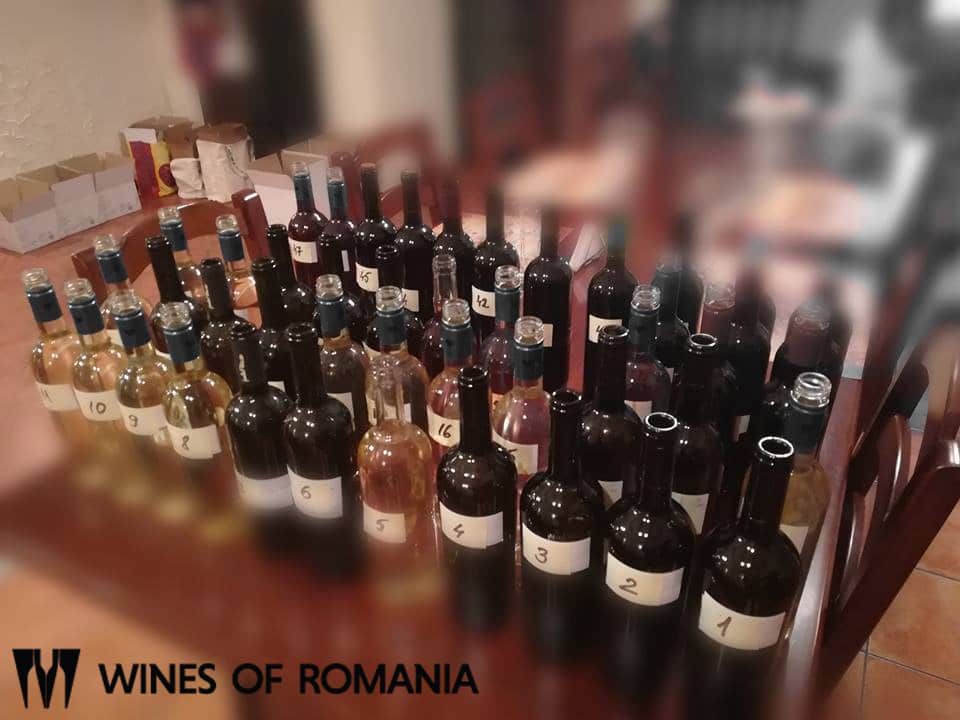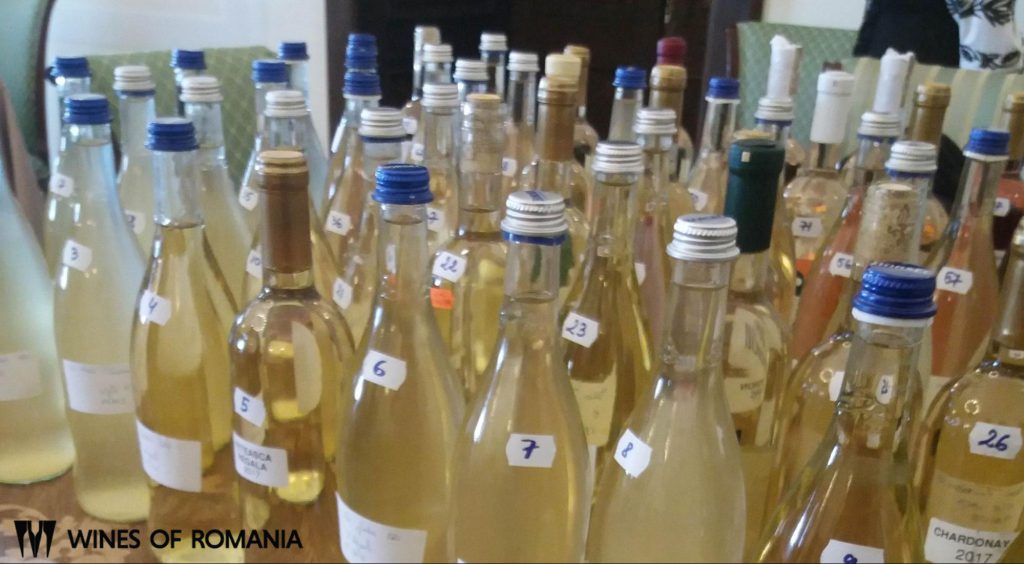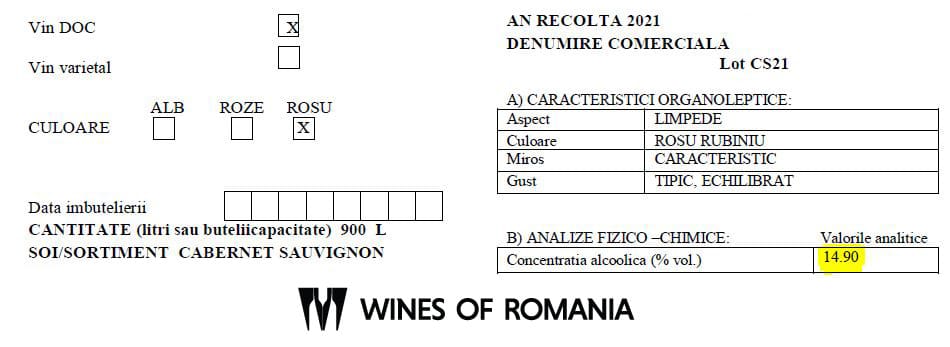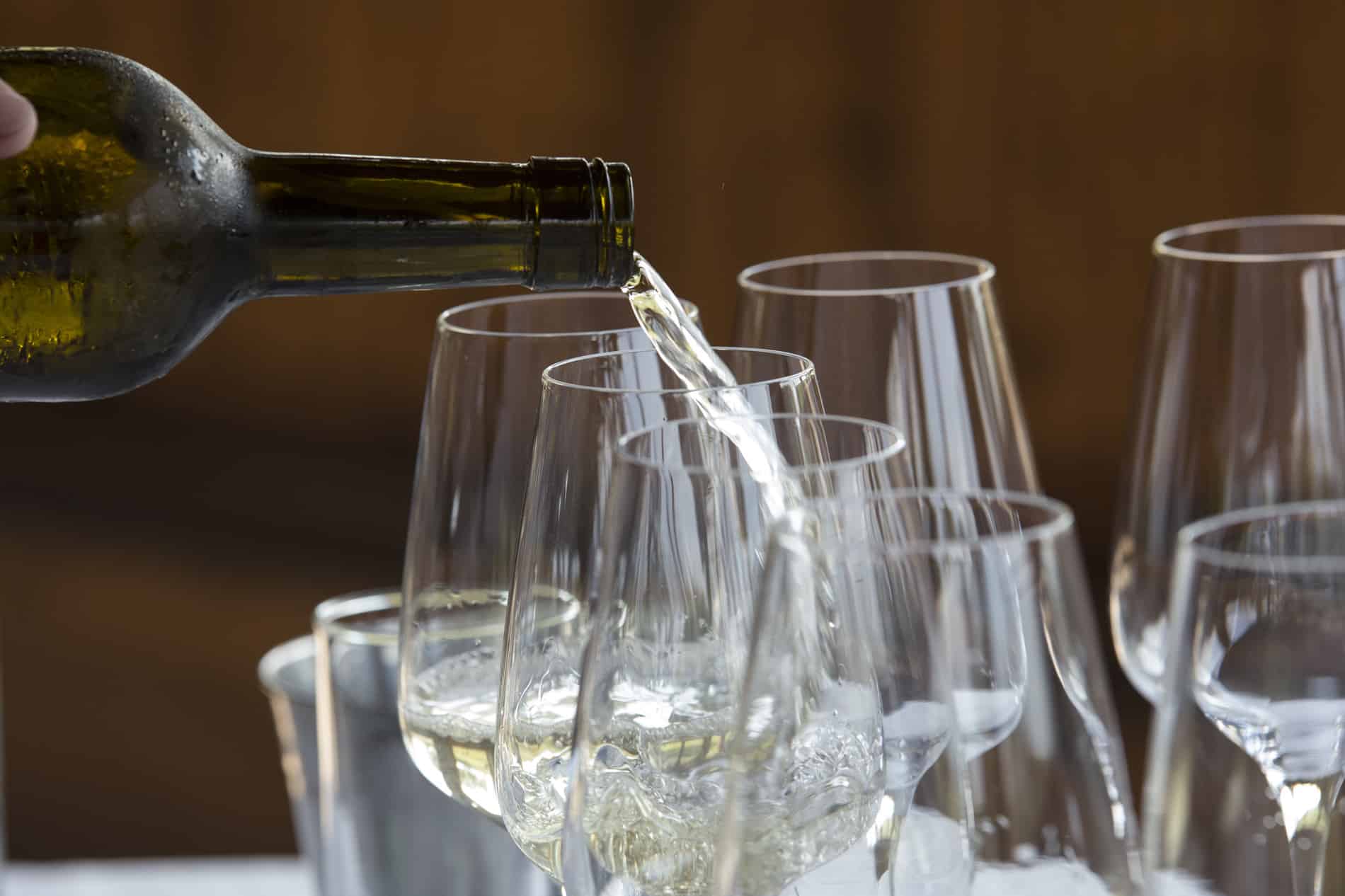In order to have zero alcohol in the body, we can rely on BioSystems analyzers, as they will show us with 100% accuracy the alcohol content of the tested wines, which end up in our glasses.
Drink alcohol responsibly
The holidays have passed, for some with good, for others more gloomy, but I think that most of us enjoyed at least a glass of sparkling wine or whatever, with bubbles!
It is already known that in the long term, alcohol consumption can lead to heart disease (high blood pressure, weakening of the heart muscle). Systematic alcohol consumption may be the cause of pancreatitis (acute or chronic), and although the related mechanism is not yet fully elucidated, this clinical condition has been found in all those diagnosed.
The oral cavity is the first to come into direct contact with alcohol. In recent decades, oral cancer has become increasingly common. There are several types of oral cancer: oral, lip, salivary gland, mandibular, palatal, or lingual [1]. According to studies, oral cancer occurs 6 times more often among people who consume large amounts of alcohol. If diagnosed early, the chances of the condition being treated are very high [2].
The risk of oral cancer should also put professional tasters on their guard. Tasters have spittoons/dispensers handy and make ample use of them, and rinsing the mouth with water is part of the mandatory protocol. However, when they have to evaluate long series of wines (more than 30-40), many of them experiences, the day after the tasting, a sensation of excessive dryness of the lips, as a first sign or warning of the risk they are exposing themselves to.

As a professional taster, with the obligation of annual medical check-ups, I have not seen anywhere that oral cancer or sulfite poisoning are classified as occupational hazards. Unlike wine drinkers, who drink occasionally and their body has time to detoxify naturally, a professional taster is exposed in a short time to a substantial amount of acetaldehyde, ethanol, sulfites, polyphenols, and tannins.
Sommeliers could also fall into this risk category, although they are the ones who exclusively taste good wines to pair with food. These wines have already been inspected by professional tasters, who have allowed them access to the market, and before that, they have had to taste less compliant wines too.
Intestinal cancer, diabetes, and liver diseases are also consequences of or related to the consistent and generous ingestion of ethyl alcohol. That is why we recommend responsible consumption, but especially alcoholic beverages checked, analyzed and certified for human consumption.
With the accuracy that BioSystems analyzers provide, we can assess, even if only by reading the label, how much alcohol we might ingest without endangering our health. Not to mention driving a car after consuming alcohol. We rely on BioSystems that the accuracy with which we can determine the level of alcohol in beverages, especially wine, is 100% so that we can be in full knowledge of the facts and drive, according to the regulations valid for Romania, with maximum 0% alcohol "on board".

Alcoholic strength acquired
Ethanol or ethyl alcohol is a metabolite resulting from the fermentation process of sugars (monosaccharides) by yeasts that have this capacity. For a long time, it was believed that only the genus Saccharomyces is capable of producing the fermentation of sugars from plant tissues, but the latest research in this direction has shown that other types of yeast are also involved in fermentation.
Depending on their sugar content, grapes undergoing alcoholic fermentation give the finished product its alcoholic strength. This is the alcoholic strength acquired, which differs from the potential alcoholic strength. Classical yeasts can metabolize 17 g of sugars to produce 1% vol ethyl alcohol.
Nowadays, there are selected yeasts that need fewer sugars to produce the same volume of alcohol and are used in certain wine grape varieties for which they have been carefully selected. There are yeasts for Sauvignon blanc, for Chardonnay, for the Muscat group of varieties, or for the Pinot family.
As the finished product is desired, the yeasts are left to complete the alcoholic fermentation, thus the remaining simple sugars reach zero or they are interrupted at a certain value of the alcohol content, resulting in residual sugar. We are dealing in the first case with dry wines, and in the other with one of the wines: off-dry, semi-sweet or sweet.
Potential alcoholic strength
The alcoholic strength obtained differs from one wine to another, depending on the requirements imposed by the brand, the classification in a geographical indication or in a certain type of wine, or even the natural limitations of the wine grape variety.
There are wine grapes that can accumulate sugars only up to a certain limit, which means that their alcoholic potential is genetically determined. There are grapevine varieties that are harvested at a certain concentration of sugars, to obtain a specific type of wine, for a particular destination, such as the base wine for sparkling wines.
Protected designations of origin or geographical indications require a minimum alcoholic strength for wines to be classified as such. As a rule, wines in these categories have a minimum of 11% alcohol by volume. In years with long autumns, when the grapes can slowly accumulate sugars without losing their acidity too quickly, wines can be made that reach potential alcoholic strength if the juice is vinified to dryness.
By definition, wine has a total alcoholic strength of not more than 15% vol. But legislators, following the climatic realities of recent decades, have also established exceptions. Thus we find wines with more than 15-16% alcohol by volume. These wines are allowed by legislation when:
- the maximum limit of the total alcoholic strength can reach up to 20% vol., in the case of wines that were obtained without any enrichment, and produced in certain wine-growing areas in the European Union [3];
- the maximum limit of the total alcoholic strength can exceed 15% vol., in the case of wines with PDO which were obtained without enrichment [3], such as those that can be classified with the traditional mention C.T. – late harvested. It should be noted that this provision does not apply to wines with a Protected Geographical Indication, but only to those with a Protected Designation of Origin.
The alcoholic strength of the wine, expressed in % vol, must be written on the label in figures of the same size, at least 5 mm, to be visible and easy to find at first glance. The regulations stipulate that the alcoholic strength must have one decimal place so that the error tolerance of the information does not exceed 0.5% vol.
There are, however, wine producers/bottlers who put on the labels the alcoholic strength values, as automatically recorded in the analysis reports issued by the ByoSistems analyzers, with two decimal places. These analyzers, having a higher precision than the legally allowed tolerance, and the electronic systems used in data processing being much more rigorous with details, make this writing with two decimals an asset, not a violation of the legislation.

BioSystems has in many of the analysis laboratories in Romania, complete systems, consisting of semi-automatic (Y350)/ automatic (Y15) analyzers, reagents dedicated to the oenological field, consultancy throughout the use of the system, and specialized maintenance/service. These authorized laboratories issue analysis reports for the marketing of wines, drawn up with 100% accuracy and in compliance with current legislation.
References
[1] https://thancguide.org/es/cancer-types/oral/
[2] https://www.clinicadentaplus.ro/cancerul-bucal-oral-ce-este-care-sunt-simptomele-si-cum-se-trateaza/
[3] HG 512/ 2016 Normele de aplicare ale Legii viei si vinului in sisemul organizarii pietei comune, nr 164/ 2015, Anexa nr. 3 Definiţii privind produsele şi subprodusele vitivinicole, (A) (1) b)
Photo source: Mirela Heizer







